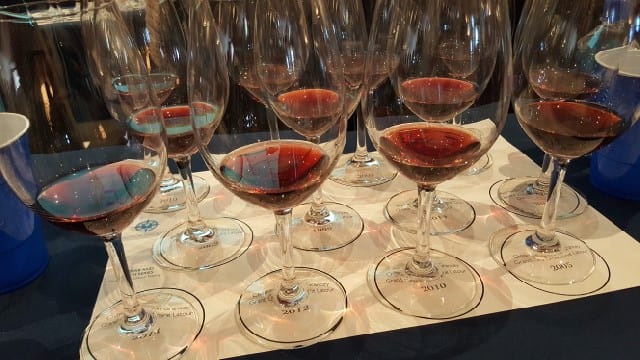A breakfast of champions: The Grand Crus of Domaine Louis Latour
This story originally appeared in the Napa Valley Register.



After spending a few days tasting wine in Central Virginia, I was already impressed by the quality of wines being produced by winemakers in both the Monticello and Shenandoah Valley AVAs.


Aromatic yet acidic viognier, velvety cabernet francs, as well as albariño, sauvignon blanc, chardonnay, petit manseng, petit verdot are all being made with success. And, while anyone who had tasted Virginia wine in the past might remember thinking, “I’ll drink the white wines, but the red wines…nope,” that is changing.
There is a quality revolution happening in the mid-Atlantic and that was the theme this year at USBevX, a conference and trade show dedicated to helping drive the quality reputation for eastern and midwest wine and beverage producers, when they hosted the second annual conference in Washington, D.C. in February.
Winemaker Gabriele Rausse, who has been called “The Father of the Modern Virginia Wine Industry,” was one of the first to plant vinifera in Virginia. He came to Virginia from Italy and was quoted in the feature documentary “Vintage: The Winemaker’s Year” as saying that when he arrived in 1976, it was a dark landscape, a somewhat primitive situation and he did not have much hope. But, “Everybody was against it so what can be better than the challenge of what they say you cannot do.”
Today, there are 250 wineries in Virginia; there are 50 producers on Long Island; there are 75 wines in Maryland. There is wine in Ohio, North Carolina, Michigan, Pennsylvania and beyond.



